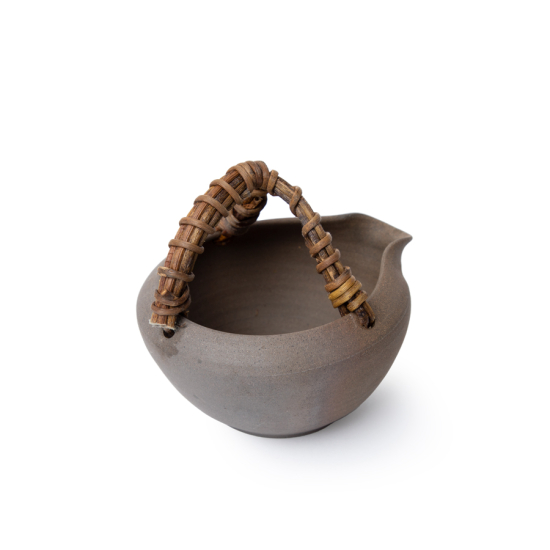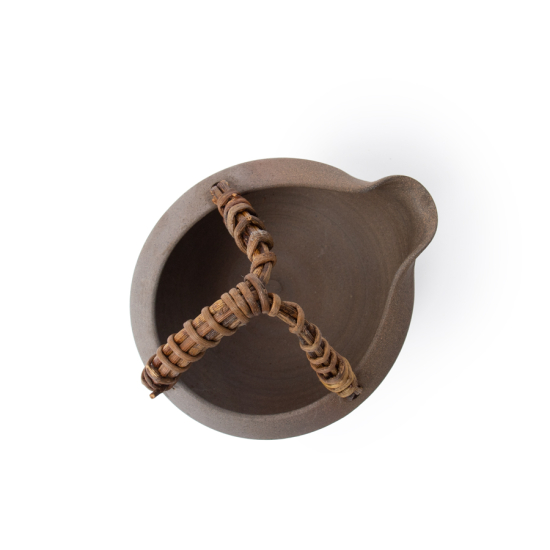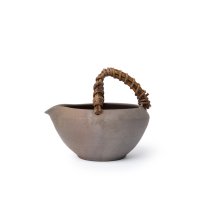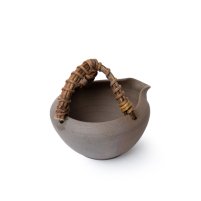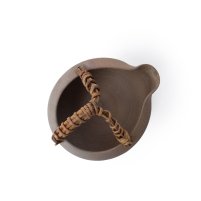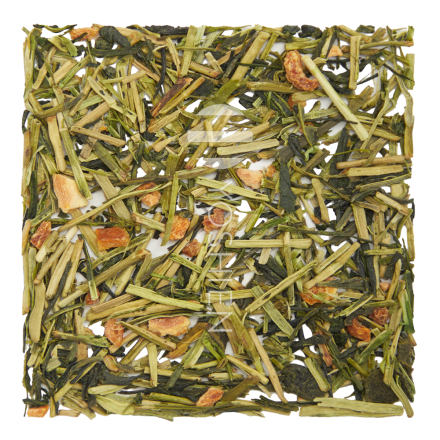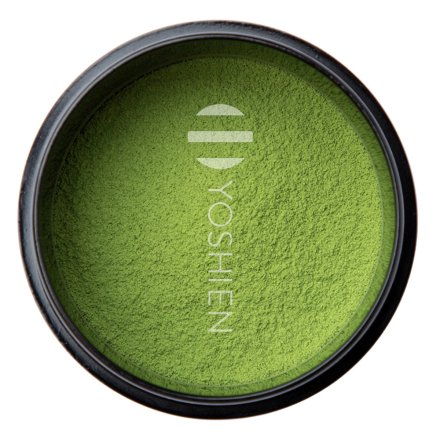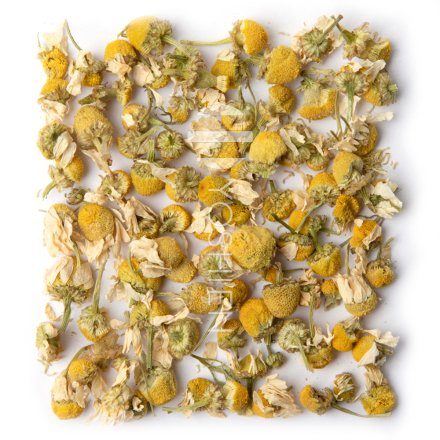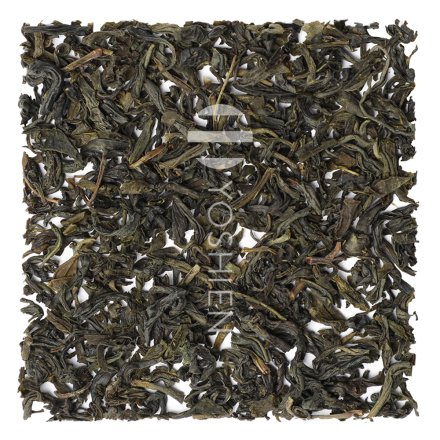As with all unglazed ceramics, wash with warm water and a soft cloth only. Do not use detergents or put in the dishwasher. Pat dry with a towel and/or leave to air dry naturally.
Yuzamashi
Tokoname Yohen
Jinshu
SKU
1644
Handmade Yuzamashi pitcher with braided vine handle and subtle Yōhen colour gradations by the renowned Tokoname-yaki artisan, Jinshu. Yuzamashi are used for cooling hot water when preparing premium Japanese green teas such as Gyokuro and Kabusecha, which require lower brewing temperatures.
| Product | Yuzamashi water cooler, brown |
| Origin | Tokoname, Aichi, Japan |
| Maker | Jinshu 甚秋 / Seiji Ito 伊藤 成二 |
| Volume | 260ml |
| Dimensions | L12.5cm x W10cm x H6cm (H with handle: 10.5cm) |
| Weight | 150g |
| Material | Ceramic |
| Finish | Unglazed (Yakishime 焼き締め ) |
| Decoration | Ombré (Yōhen 窯変 ) |
| Production | Potter's wheel (Rokuro 轆轤 ) |
| Artist mark | Signature on base |
| Packaging | Cardboard box |
Each piece is handmade and unique, therefore colour, volume, dimensions and weight may vary slightly.
Notify me when this product is available:
Reminder set




